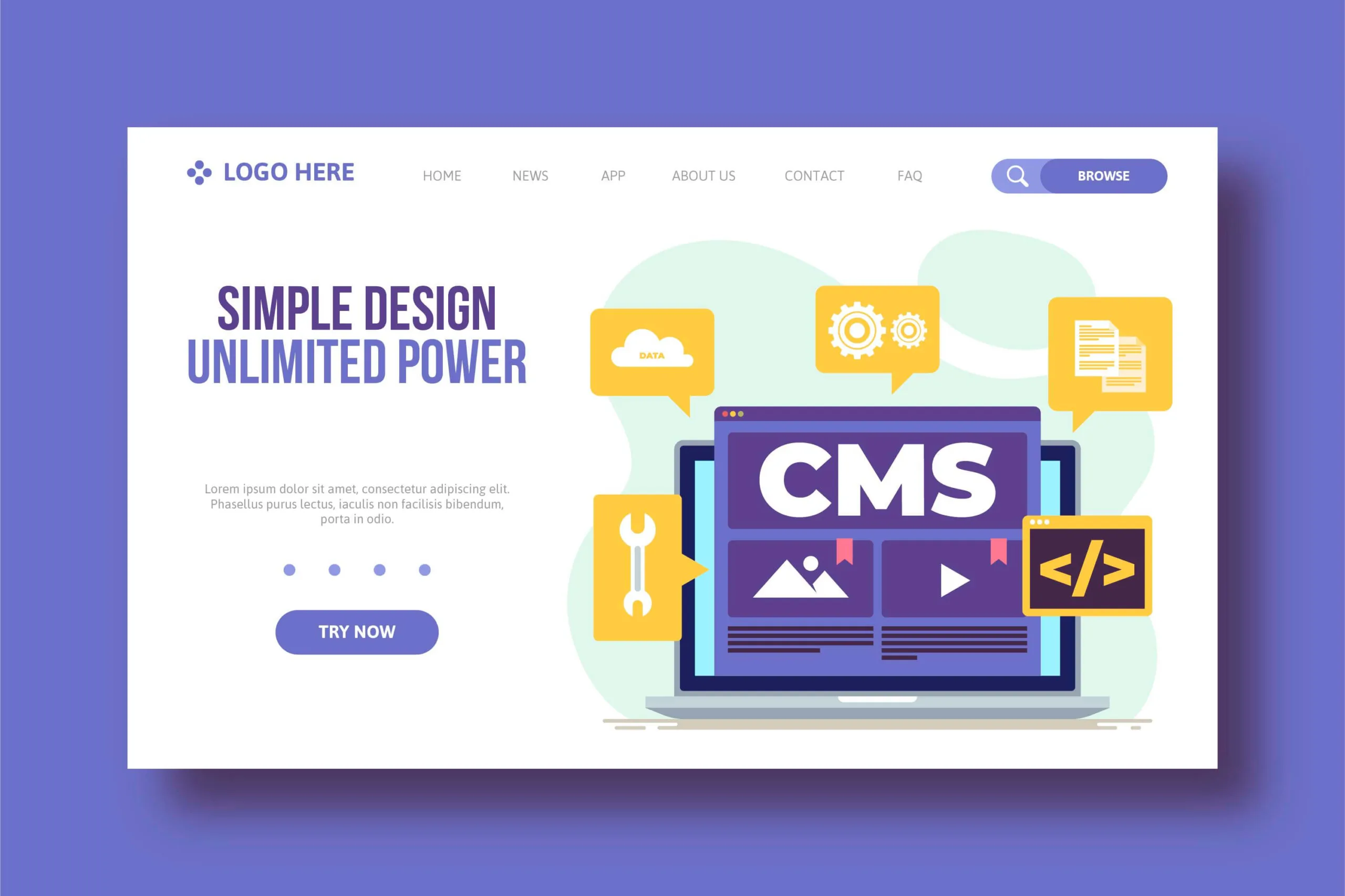Redesigning your website is exciting—it’s a chance for a fresh start, a modern look, and improved functionality. But amidst all the excitement, there’s a crucial factor that often gets overlooked: search engine optimization (SEO). A poorly executed website redesign can wreak havoc on your hard-earned search engine rankings, leading to a drop in organic traffic and visibility.
This guide will equip you with the knowledge and strategies to safeguard your SEO during a website redesign, ensuring a smooth transition and maintaining (or even improving) your position in search results.
Why SEO Matters During a Redesign

Your existing website has likely built up valuable SEO equity over time—think of it as the trust and authority you’ve earned from search engines like Google. This equity translates to better rankings and more organic traffic. However, a redesign can disrupt this if not handled carefully.
Here’s what is at stake when you carry out a redesign.
- Loss of Rankings: If search engines can’t find your old pages or the new versions aren’t properly optimized, your rankings can plummet.
- Decreased Traffic: Lower rankings mean fewer people will find your website through organic search.
- Negative User Experience: Broken links and missing pages frustrate visitors and increase your bounce rate.
SEO Strategies for a Successful Website Redesign
- Pre-Redesign SEO Audit
- Analyze Current Performance: Assess your current SEO health by identifying top-performing pages, keywords, and backlinks. This will serve as a benchmark for measuring the success of your redesign.
- Identify Technical Issues: Check for broken links, duplicate content, crawling errors, and other technical issues that could negatively impact SEO.
- Create a Redirection Plan: Map out which old URLs will be redirected to which new ones to ensure a smooth transition and preserve link equity.
- Keyword Research and Mapping
- Refine Your Keyword Strategy: Research relevant keywords for your new website’s content. Identify opportunities for new keywords or phrases that align with your updated messaging and goals.
- Map Keywords to Pages: Create a clear plan for which keywords you’ll target on each page of your new website. This ensures a strategic distribution of keywords and avoids cannibalization.
- 301 Redirects
- Redirect Old URLs to New Ones: When you change the structure of your website, implement 301 redirects to ensure that anyone who clicks on old links will be directed to the correct new page.
- Avoid 404 Errors: Broken links frustrate users and harm your SEO. Double-check all your redirects to ensure they work correctly.
- Content Migration and Optimization
- Preserve Valuable Content: Identify high-performing content from your old website and ensure it’s migrated seamlessly to the new site.
- Update and Refresh: Take the opportunity to update outdated content and optimize it for your new target keywords.
- Content Gaps: Analyze your keyword research to identify any gaps in your content that you can fill with new blog posts, articles, or landing pages.
- Technical SEO Optimization
- Optimize Page Titles and Meta Descriptions: Ensure your new pages have compelling and keyword-optimized titles and meta descriptions.
- Update XML Sitemaps: Submit your updated sitemap to search engines to ensure they can crawl and index all your new pages.
- Optimize Internal Linking: Use internal links to connect related pages and guide users and search engine crawlers through your site.
Post-Launch Monitoring and Recovery

Even after completing the design and launching your website, your work is not done. To ensure you achieve your goals for the redesign, make sure to do the following;
- Track Your Rankings: Monitor your website’s search rankings for your target keywords. If you see a significant drop, investigate the cause and take corrective action.
- Fix Crawl Errors: Check Google Search Console for any crawl errors hindering your website’s indexation.
- Optimize for Core Web Vitals: Ensure your new website loads quickly and offers a smooth user experience on all devices.
Your Redesign Journey Starts Here
A website redesign is a golden opportunity to improve your online presence and achieve your business goals. By prioritizing SEO throughout the redesign process, you can ensure a seamless transition, protect your hard-earned rankings, and attract more organic traffic to your new and improved website.
Ready to embark on your website redesign journey? Let Edens Digital be your trusted partner. We specialize in crafting websites, that captivate visitors and deliver measurable results. Contact us today for a free consultation to discuss your vision and explore how our expertise can bring your website to new heights





